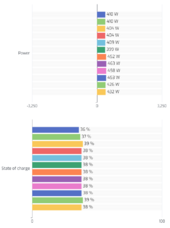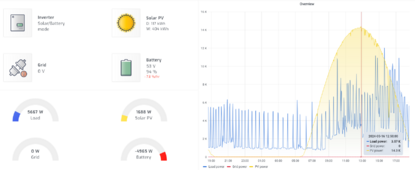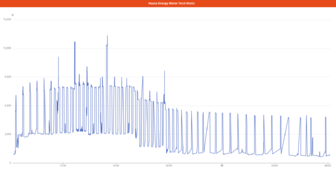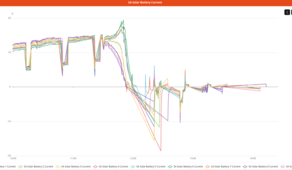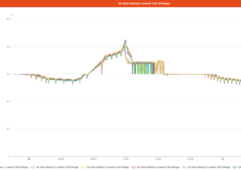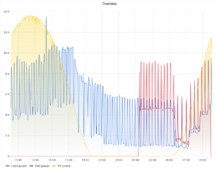Today, I've got my first energy bill since solar system is in use.
$20.50 (Basic service charge plus some fees and tax)
(Btw. This includes 12kWh for the couple of hours from midnight to 11am on 04/26, before I've flipped the transfer switch to the solar system. By coincident, my electrical meter reading was on the same day when the final inspection was passed and the system went into production).
With my usage of 2,046kWh in this time range, the bill would have been around $345 without solar.
As a result, my first monthly solar savings are $325.
Some findings over the last 30 days:
- no issues! So far, the system runs like a Swiss watch
- zero kWh grid usage since system is in use
- highest peak house load was 18.5kW
- highest peak solar power was 19.8kW
- highest peak solar daily production was 120kWh
- highest peak battery discharge power was 14kW
- overall system efficiency over the last 30 days was 74% (2,770KW PV produced, 2,046kWh consumed)
- yesterday was the hottest day so far with about 104°F and with the highest usage of 120kWh
- lowest battery SOC before new solar production starts was 32% (this morning)
- the batteries were able to be recharged to 100% on 29 out of 30 days (just one very cloudy day)
- the charge/discharge power of all 12 batteries is still very nice distributed (no drift), very low cell delta
- active equipment cooling works flawless
Now, I can foresee that the
installed PV power will not be enough to be always able to drive the house 100% off-grid on all sunny AND extremely hot days here. Yesterday I've consumed a max. of 97kWh and the PV production was 120kWh to cover the load and re-charge the batteries. The PV production diagram from yesterday shows that my solar production of 120kWh was nearly maxed out (maybe 122kWh would have been possible).

But we will see even higher temperatures (110-120°F) over the next couple of weeks and because there is no more PV production possible, I'm sure I will need grid support (at least some kWh) in the coming days/weeks. With higher temperatures the production will decrease, also.
Looking forward how my smart home rules to activate AC-in contactors will work...
It looks like my sweet spot would be about to add
4-5kWp 8-10kWp more PV modules to completely cover my max. usage (on usual sunny days). We have not changed our usage behavior because of the solar system - so there is potential room for reducing the load with some convenience losses while arranging the energy usage to be more off-grid friendly...
It seems that the battery capacity of 60kWh will be enough to cover everything. I'll find out.
Maybe I will add some panels next winter... not sure about it (I still have 4 MPPT's left and some space on the roof).
Here are some more diagrams over the last 30 days:






The load over the batteries is well distributed (here is a snapshot while charging with 5100W):
